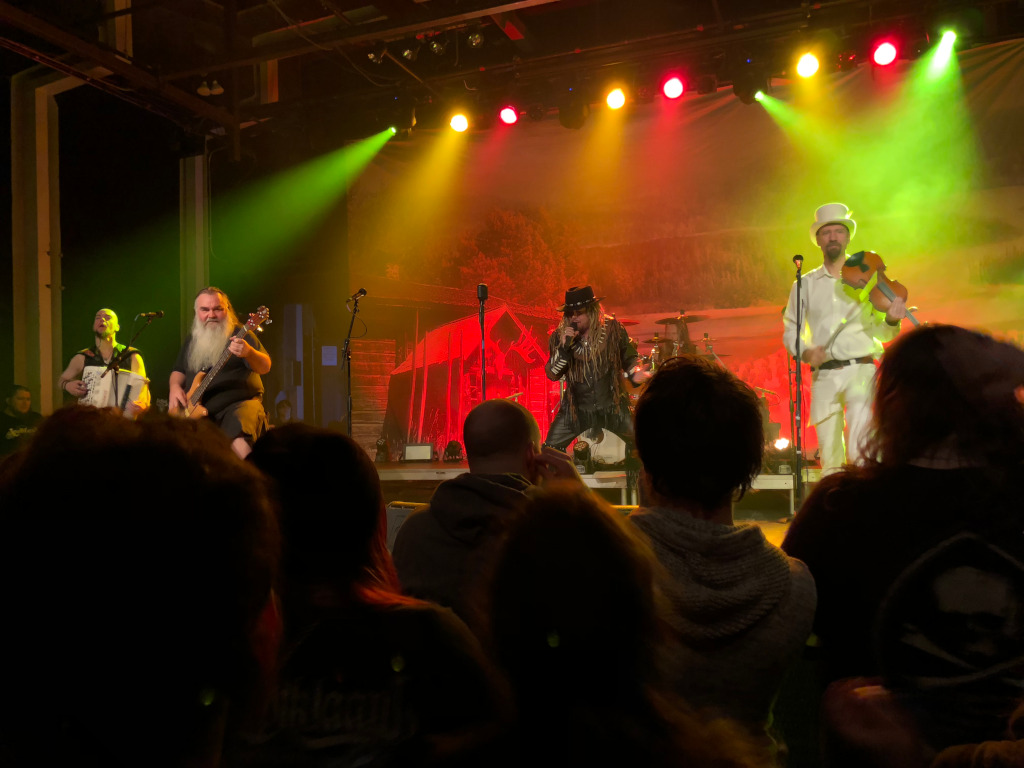Long ago I was taken aback when a friend of mind who was a prolific online debater told me he swore off online debates. I was curious and asked him why. He said, “I’m tired of educating people just so I can debate them.”
After that conversation I started to pay attention to my online debates and quickly realized that most of what I thought was debating was actually educating. Since I hold views that are outside of the zeitgeist, most people I encounter have little, if any, understanding of them. In a majority of online debates the people with whom I’m debating make arguments that have no meaning within the context of what I’m saying. I then have to spent time educating them about what I mean just so they can actually debate me.
I’m certainly not unique in this. Consider Marxists for a moment. It’s pretty easy for them to have a very rudimentary debate about workers’ rights because that issue is part of the zeitgeist. However, if they want to make an argument based on historical materialism, they usually have to invest time in educating the other individual(s) on the subject so they have enough of an understanding to intelligently debate the issue. Libertarians have the same issue. It’s pretty easy for a libertarian to debate somebody about decriminalizing cannabis because that issue is part of the zeitgeist. But when a libertarian wants to debate monetary theory, they have to first teach their opponent(s) about the Austrian tradition of economics.
This problem runs even deeper. Few in what I will refer to as the masses appear to be educated on the topics of rhetoric and formal debate. Rhetoric is the skill of speaking convincingly. Formal debate is a framework which establishes ground rules for debates. A lot of people tend to conflate the two. They will try to argue against rhetoric by citing logical fallacies and make statements in a formal debate that contain logical fallacies. For example, consider the phrase “All cops are bastards.” The statement is valid rhetoric, but would not fly in a formal debate because the proposition is made with insufficient data (namely that every single individual who works in law enforcement is a bastard even though the debater is likely basing their argument on a small sample size of law enforcers).
I’m going to create two sides to further illustrate this issue: pro-cop and anti-cop. An anti-cop individual may say, “All cops are bastards,” as a form of rhetoric. They may not have meant the statement literally nor were they taking part in a formal debate. They’re merely trying to convince people to join their cause. But a pro-cop individual may rebut with, “That’s a hasty generalization fallacy!” The pro-cop individual is citing a rule that doesn’t apply to the situation. Now I’ll change the scenario. The two individuals have agreed to participate in a formal debate. When the anti-cop individual says, “All cops are bastards,” it would be proper for the pro-cop individual to say, “That’s a generalization fallacy,” because they both agreed to operate under the rules of formal debate.
How does this relate the the need to educate people in order to argue with them? More often than not I run into individuals who know nothing about rhetoric or formal debate. Their counterarguments will often involve pointing out logical fallacies in my rhetoric and making logical fallacies of their own. They know just enough about logical fallacies to recognize and call out a few of them, but not enough to avoid making the rest (which is usually the majority) of them or to know when they are appropriate to cite. They unknowingly (or knowingly, but I’m giving the benefit of the doubt here) attempt to establish an environment where I have to abide by the rules of formal debate while they operate by the rules of rhetoric. I then need to explain the difference between the two and convince them to pick one or the other. By the time that’s done the thread has digressed so far that everybody has lost interest.
This is where I reminisce about the good old days of the Internet when I could participate in online debates without having to spend a lot of time educating my opponents just so they could intelligibly argue with me. At one time I blamed the change on the diminishing state of education in the United States. However, when I was reminded of the term Eternal September, I started to blame two related issues: everybody and their grandmother is now online and Internet forums are more centralized. The early Internet was broken up into a large number of small Usenet groups, forums, and chatrooms. Most of those were topical so the people who joined usually already had an interest and at least a basic understanding of the group’s, forum’s, or chatroom’s topic. Today it’s not uncommon for a random user to find a Facebook group because it appeared on their Timeline when one of their friends made a comment in it. That random user may have no understanding of the group’s topic, but they end up posting a comment to the thread because they saw it on their Timeline and disagreed with something another user posted.
